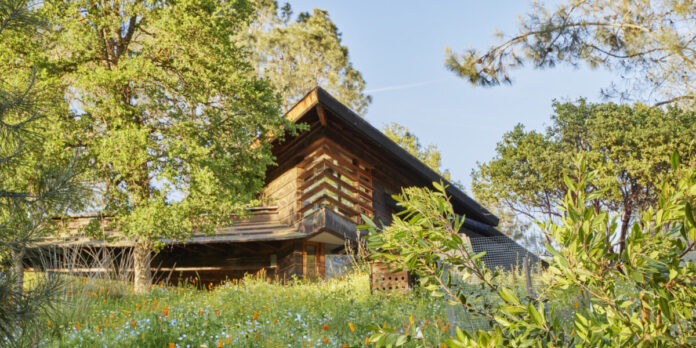As we step into 2025, the world of gardening is evolving, reflecting a deepening connection with nature and a heightened awareness of our environmental impact. With increasing attention on sustainability and wellness, the coming year sets the stage for innovative gardening practices that capture the spirit of resourcefulness and creativity. Here are ten garden trends that are poised to take root in 2025, transforming outdoors into holistic spaces for relaxation, community, and bounty.
1. Climate-Adaptable Planting
In response to shifting climate patterns, gardeners are becoming more conscious of their plant selections. Climate-adaptable planting encourages the use of native and drought-resistant species that thrive in local climates, reducing the need for excessive watering and chemical fertilizers. This not only conserves precious resources but also promotes biodiversity by supporting local ecosystems.
2. Foraging Gardens
As the trend towards self-sufficiency grows, so too does the idea of foraging gardens—spaces designed for harvesting wild edibles. Such gardens incorporate native plants, fruits, nuts, and herbs that can be foraged sustainably. This practice not only provides nutritious food but also enhances a gardener’s connection to nature, cultivating an understanding of local flora.
3. Community-Focused Gardening
2025 will see an uptick in community gardens, reflecting a collective desire for connection and collaboration. These spaces serve as hubs for social interaction, fostering friendships among neighbors while allowing for shared learning and gardening experiences. They also create opportunities for urban beautification and improve local food security by providing fresh produce.
4. Eco-Friendly Garden Materials
Sustainability is at the forefront of modern gardening, leading to a shift in the materials used for landscaping and gardening. From recycled wood and bamboo to eco-friendly metals and non-toxic paints, the emphasis is on resources that have minimal environmental impact. Gardeners are increasingly mindful of their material choices, seeking solutions that align with eco-friendly principles.
5. Rock Gardens Reimagined
Rock gardens are making a comeback in 2025, but their modern iterations are both artistic and functional. These gardens blend ornamental stones with plants that thrive in rocky, well-draining soil. They create low-maintenance landscapes that are visually stunning, often reflecting regional geology and allowing for unique plant pairings that highlight biodiversity.
6. Smart Gardening Technology
The integration of technology in gardening will continue to rise, with smart gardening tools and apps that help manage plants more effectively. From automatic irrigation systems and soil moisture sensors to garden planning software, these innovations can help optimize growth conditions while saving energy and water. As technology simplifies gardening tasks, it encourages more people to embrace sustainable practices.
7. Pop of Teal
Aesthetically, one color making waves in garden design in 2025 is teal. This versatile shade can be incorporated through painted planters, garden furniture, or new plant varieties, adding a refreshing touch to the landscape. As gardeners increasingly recognize the importance of color in creating inviting spaces, teal will emerge as a favorite for its calming and vibrant effect.
8. Wellness Gardens
The concept of wellness is blossoming in the gardening world, evolving into dedicated wellness gardens designed to promote mindfulness, relaxation, and healing. These spaces include tranquil seating areas, fragrant herbs, and calming water features, creating sanctuaries that encourage mindfulness practices such as yoga and meditation. By cultivating environments that prioritize mental health, gardens become more than just spaces for growing food—they become places for personal renewal.
9. Vertical Gardens
With urban spaces becoming more crowded, vertical gardens are gaining popularity as a practical solution for limited space. By growing plants up walls, individuals can maximize their gardening area while creating visually engaging displays. Vertical gardening not only enhances air quality but also serves as a creative outlet, allowing gardeners to experiment with unique planting arrangements.
10. Natural Pest Management
Gardeners are increasingly turning to organic methods for pest control, opting for natural solutions over chemical pesticides. Techniques such as companion planting, beneficial insects, and organic sprays derived from plants are not only safer for the environment but also foster healthier ecosystems. In 2025, knowledge-sharing about these sustainable practices will become vital, empowering more gardeners to adopt eco-friendly pest management systems.
Conclusion
As we embrace these gardening trends in 2025, it’s clear that the next generation of gardens will embody creativity, resilience, and community spirit. From climate-aware plant choices to the revival of traditional practices, there’s a sense of collective stewardship and responsibility—a reflection of our desire to nurture both our environment and ourselves. Whether you have a seasoned green thumb or are just getting started, there’s never been a better time to cultivate a garden that resonates with the ideals of sustainability, wellness, and community connection. Happy gardening!














